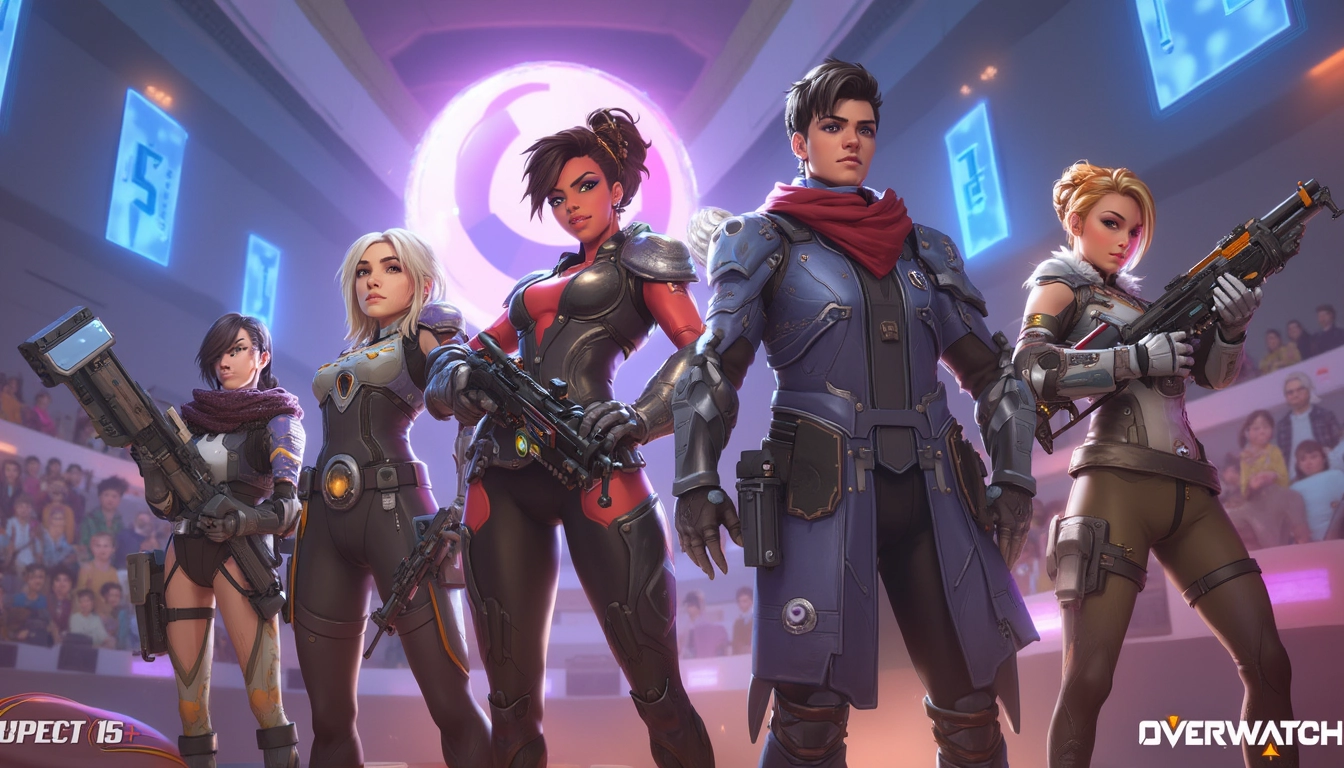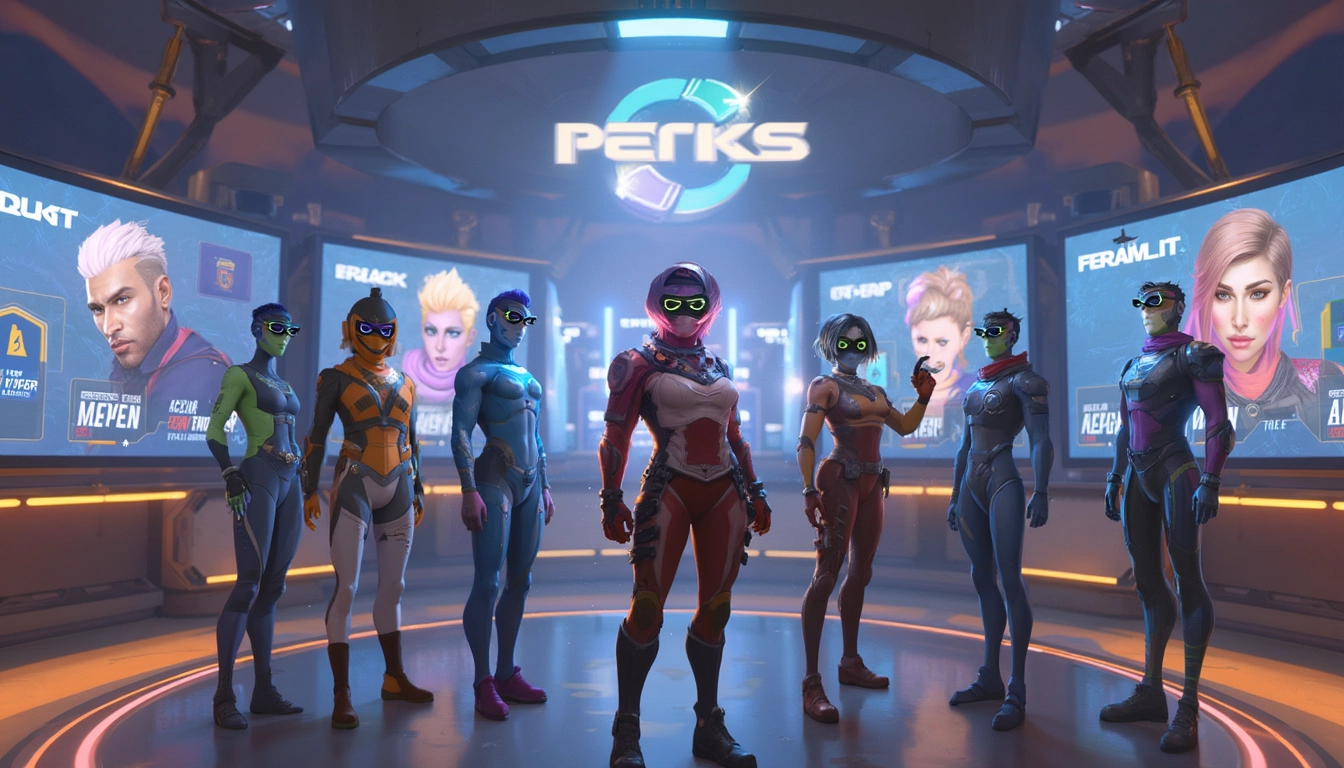
Overwatch 2 Season 15 Introduces Game Changing Three Tier Perk System
Overwatch 2 Season 15 introduces a revolutionary three-tier perk system that transforms the traditional gameplay mechanics, offering players new strategic depths and customization options. The system’s implementation across casual and competitive modes marks a significant shift in how heroes can be customized and played, adding fresh dynamics to the game’s established meta.
Table of Contents
Key Takeaways:
- The new perk system features three distinct progression levels, from no perks to major ability-altering modifications
- Minor perks provide subtle gameplay enhancements while major perks can completely transform hero abilities
- Season 15’s competitive landscape is shaped by strategic perk combinations and team compositions
- Regular balance updates ensure perks remain fair and competitive across all skill levels
- Top-tier perks like Ana’s Viper’s Sting and Morale Boost are reshaping the meta
Understanding the New Perk System
The Overwatch 2 perk system operates on three fundamental levels. At level one, players use heroes in their base form. Level two introduces minor perks that offer subtle advantages like reduced cooldowns or slight passive changes. Level three unlocks major perks that can dramatically alter how abilities function.
This innovative approach to hero customization has been integrated into recent gaming innovations, setting new standards for competitive play. The system’s depth allows for incredible strategic variety while maintaining competitive balance.

Minor vs Major Perks: Impact Analysis
Minor perks in Season 15 provide subtle but impactful changes to hero capabilities. For instance, Ashe’s Rapid Fire offers a 30% attack speed increase balanced by a 15% damage reduction. These adjustments create new playstyles without overwhelming the core gameplay mechanics.
Major perks, on the other hand, introduce substantial modifications to hero abilities. These game-changing perks can replace existing abilities or fundamentally alter how moves interact, adding exciting new dimensions to hero strategy and team composition.
Perk Tier Rankings
In the current Season 15 meta, certain perks have emerged as clear frontrunners. The S-tier perks, including Ana’s Viper’s Sting and Morale Boost, have proven to be exceptionally powerful in competitive play. These top-tier options have significantly influenced the evolving gaming landscape.
Here’s a breakdown of the most impactful perks:
- S Tier: Ana’s Viper’s Sting, Morale Boost, Quick Draw
- A Tier: Groggy, Airburst, Field Medicine
- B Tier: Headhunter, Biotic Bounce, Rocket Boots
- C Tier and Below: Rapid Fire, Sidewinder, Past Moon
Strategic Implementation and Meta Impact
The introduction of hero perks has created a dynamic shift in team compositions and strategy. Players must now consider not only hero synergies but also perk combinations that can maximize team effectiveness. This added layer of complexity has enriched the competitive scene, as highlighted in recent gaming announcements and updates.
For those looking to enhance their gameplay experience and automate various aspects of their gaming setup, automation tools can significantly streamline your gaming workflow.
Balance Updates and Future Outlook
Blizzard maintains a regular update schedule to ensure perk balance and competitive integrity. These ongoing adjustments help prevent any single perk from becoming overpowered while keeping the gameplay fresh and engaging. The developer’s commitment to fine-tuning the system suggests a promising future for Overwatch 2’s perk mechanic.


